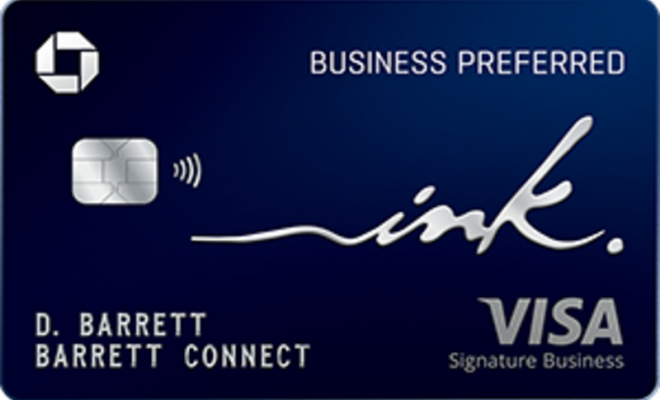EV Charging Stations: How to Find, What Type You Need, How to Pay

As electric vehicles (EVs) become more popular, a significant question arises: where do drivers charge their cars? This article will provide tips on how to find EV charging stations, help you identify the type of charging station you need, and explain how you can pay for the service.
1. How to Find EV Charging Stations:
There are various ways to locate EV charging stations. Some popular methods include:
a. Smartphone Apps: Many mobile apps can help you find charging stations nearby. Some popular options are PlugShare, ChargePoint, and A Better Routeplanner.
b. EV Manufacturer Resources: Most major electric vehicle manufacturers have their own maps and tools for locating compatible charging stations. For example, Tesla has a “Supercharger” map specifically for its vehicles.
c. Online Maps: Google Maps now shows available charging stations in an area when searched.
2. Types of Charging Stations:
There are three main types of EV chargers:
a. Level 1 Charger: This is the slowest and most basic charger available and can be plugged into a regular household outlet (110-120V). It provides about 3-5 miles of range per hour of charging.
b. Level 2 Charger: Faster than Level 1, these chargers use a 240V outlet and offer an average of 20-25 miles of range per hour of charging. They are commonly found in public locations such as shopping centers or parking lots, but also can be installed at home.
c. DC Fast Charger: These high-powered chargers provide the quickest charge over short periods – around 60-80% of battery capacity within 20-40 minutes. They are ideal for long-distance travel stops but may not be compatible with all EV models.
It’s crucial to know your vehicle’s compatibility with each charger type before setting out on your journey.
3. How to Pay for Charging:
Payment methods for EV charging stations vary depending on the provider. These are some common payment options:
a. Membership Programs: Some charging station networks require you to register and become a member. They might offer various pricing plans, such as monthly subscriptions or pay-as-you-go options.
b. Pay-Per-Use: Some charging stations allow drivers to pay per session through credit or debit cards, either at the charger or through a mobile app.
c. Mobile Apps: Many providers have their own apps allowing you to manage, track and pay for your charging sessions in one convenient place.
d. RFID Cards: Some networks give out an RFID card, which you can use to swipe at the charger to start a session and be billed later.
It’s essential to research the available payment options for each charging station network and choose the method that best suits your needs.
In conclusion, as electric vehicles become more prevalent, having knowledge about EV charging stations is crucial. Make sure you know how to find available chargers, understand the type of charger you need, and familiarize yourself with different payment methods to enjoy a seamless experience when fueling your electric vehicle.




